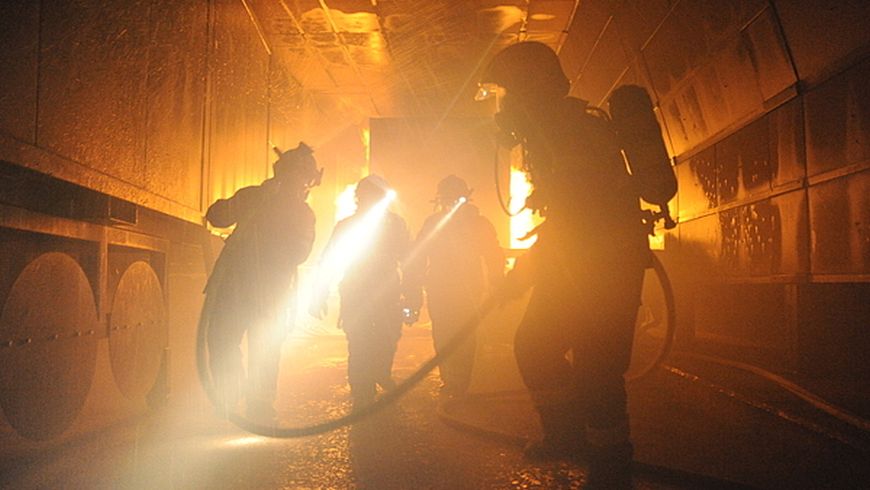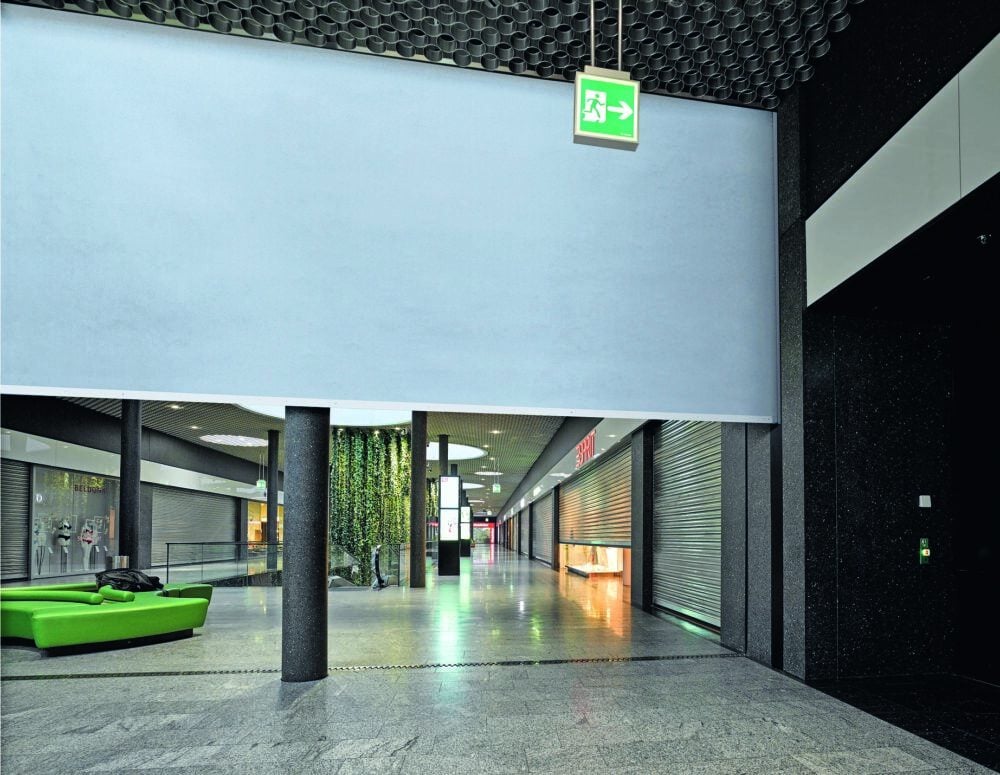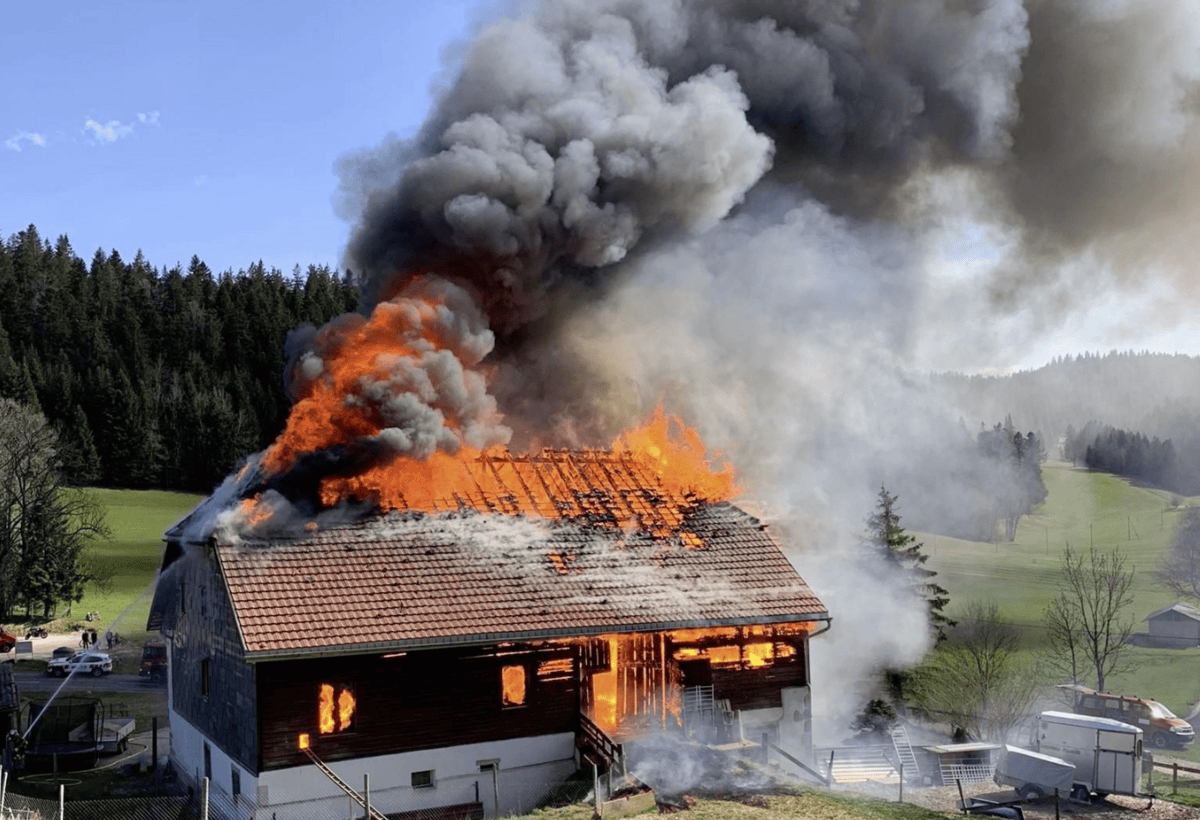Concrete observed exploding
Even though concrete is not flammable, it can be dangerous in tunnel fires: High-performance concrete can explode at high temperatures. The phenomenon is known, but the physics behind it is not yet fully understood. Empa researchers have now made the processes inside concrete visible in real time for the first time using neutron radiography and tomography.

Gotthard, Mont Blanc, San Bernardino - time and again, the ceilings of the seemingly stable tubes collapse in tunnel fires. Infernal temperatures of up to 1,000 degrees Celsius push the concrete to its limits - and depending on the material used, it can explode. However, the process is still not fully understood. What is clear is that water contained in high-performance concrete starts to move, evaporates and cannot escape. The enormous vapor pressure in the fine pores of the concrete and the thermal stress on the material can cause parts to be blown off. Whether such explosions actually occur and how serious the consequences are depends on many factors and can hardly be predicted.
In order to better understand the physics of bursting concrete, Empa researchers working with a team from the University of Grenoble and the Laue-Langevin Institute there have now, for the first time, created three-dimensional images from inside heated concrete using neutron tomography in real time. The studies were only possible thanks to the powerful neutron source at the Laue-Langevin Institute. In one minute, the scientists shot up to 500 images and used them to construct a unique three-dimensional model of the spalling concrete.
Until now, experts have only been able to surmise that water in concrete moves away from a heat source and accumulates. The moisture would thus act as a barrier, they imagined, preventing nascent water vapor from escaping. Thus, the vapor pressure would increase to such an extent that the material would have no choice but to explode. Using the new experiments, the research team was now able to actually observe this moisture barrier.
Concrete under pressure
Concrete consists of a mixture of sand, cement and water. A chemical reaction occurs between the cement and water, which chemically and physically binds the water and hardens the mixture. When the temperature exceeds 200 degrees Celsius during a fire, the cement in the concrete dehydrates and the bound water becomes water vapor. High performance concrete generally has very low porosity and very fine pores. These properties are in themselves of great advantage, as they allow for high strength and exceptional durability, because this makes the concrete virtually impermeable to external pollutants. However, the low permeability of high-performance concrete becomes a disadvantage in a fire with very high temperatures, because water vapor cannot escape and an extremely high vapor pressure can form.
Empa researchers have already developed and patented new additives that counteract concrete spalling. The new results should now lead a further step towards the development of building materials with greater resistance even at the highest temperatures, such as in a tunnel fire. Source: Empa
A video film of the Empa experiment is here to find.









